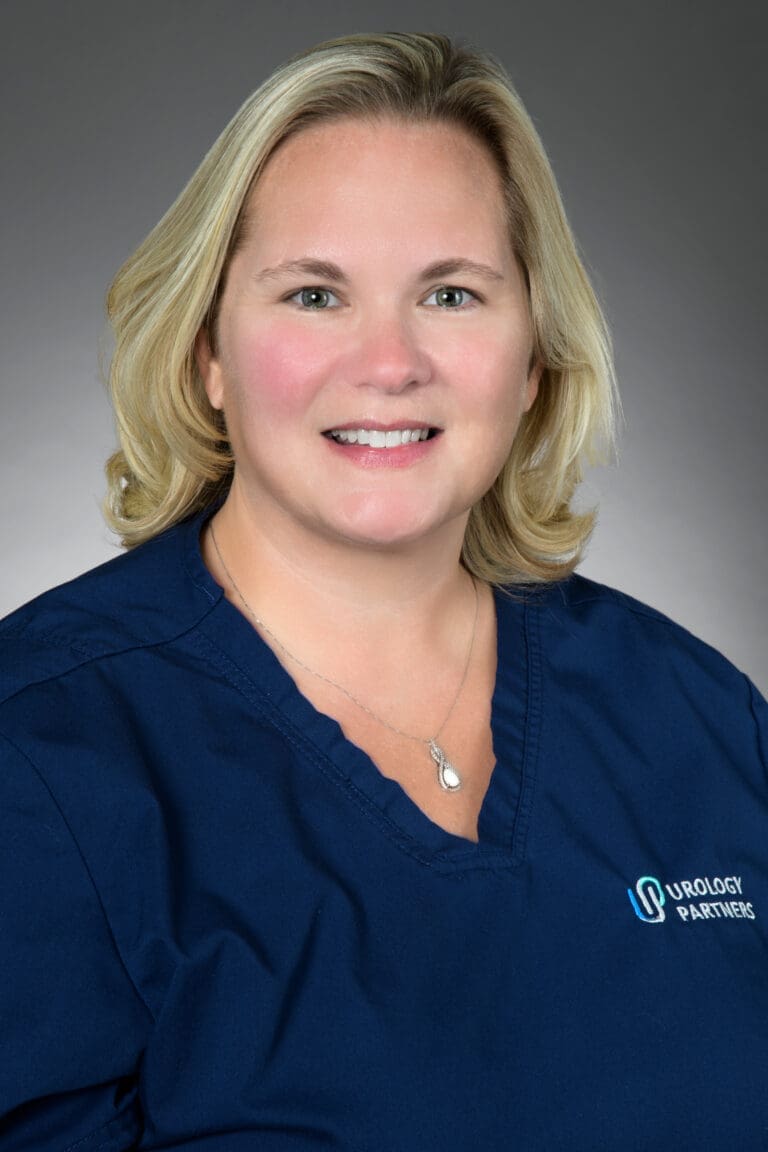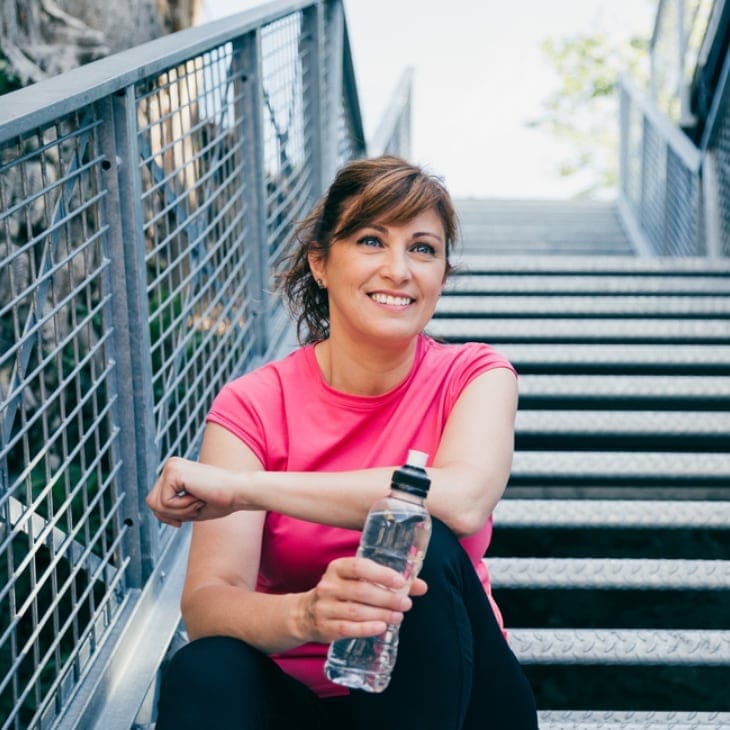When she began her nursing career more than two decades ago, Meredith Norris worked on the kidney transplant floor at an area hospital. “We worked closely with urologists because they performed part of the transplants,” she says. “I knew Dr. Collini because he came to the floor often to see his patients.”
Recognizing her skill and dedication, Dr. Collini recruited Norris for his urology practice. The career opportunity saw her become Collini’s nurse—a move that marked the beginning of her passion for urology.
“From that moment, Dr. Collini has been great teacher,” she says. “He’s so personable with his patients, and has taught me so much about caring for patients from a 360-degree perspective.”
Now as a patient navigator with the Incontinence Center at Urology Partners of North Texas (UPNT)—where Dr. Collini is the managing partner—Norris is able to use that 360-degree care approach with patients who suffer from overactive bladder (OAB).
“I work with patients one-on-one, guiding them every step of the way on their journey to live without embarrassing and debilitating bladder leaks,” she explains. “I’m here to help educate them about their condition, its causes and treatment options. I listen to their concerns and answer their questions. I definitely let them know they’re not alone.”
UPNT incontinence specialists assign a patient navigator to every OAB patient.
“The doctor is the lead who maps out a treatment plan—either pelvic floor therapy, medication or other therapy or procedure. As a patient navigator, I’m an extension of that care,” Norris notes. “I have conversations with the patient they often don’t have with their physician. We talk about behavior modifications techniques and review their daily fluid intake. I give them a list of foods and drinks that can irritate the bladder. Just as important, if those treatment approaches aren’t working, they can talk to me about the next steps.”
In fact, patients are given Norris’ direct phone number so they can work together one-on-one by phone without having to go through a call center or schedule an appointment.
“I first reach out to patients three weeks after they see the doctor,” Norris adds. “This gives their prescribed treatment plan time to begin working. But patients are always free to call my direct line sooner if they have any questions, concerns or experience any side effects. They are welcome to call anytime—as often as they like.”
As a patient navigator, Norris offers OAB patients complementary VIP-type concierge service at no cost. It’s not surprising that close bonds develop between Norris and her patients. Every patient’s success is a reminder of why she chose to be a patient navigator—to help people enjoy life without an embarrassing and limiting bladder leaks.
“A lot of them will say, if it wasn’t for you, I wouldn’t understand my incontinence. Or, now that you’ve explained I have other options, I’ll give treatment a second chance,” Norris says. “Anytime a patient comes back and says thank you, it is extremely rewarding.”





